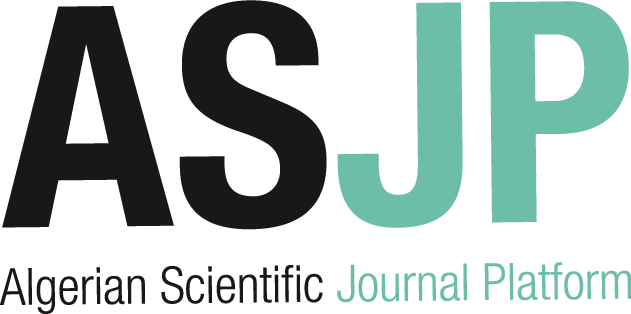[article]
| Titre : |
In-Situ product removal from fermentations by membrane extraction : conceptual process design and economics |
| Type de document : |
texte imprimé |
| Auteurs : |
Louise Heerema, Auteur ; Mark Roelands, Auteur ; Earl Goetheer, Auteur |
| Année de publication : |
2011 |
| Article en page(s) : |
pp. 9197-9208 |
| Note générale : |
Chimie industrielle |
| Langues : |
Anglais (eng) |
| Mots-clés : |
Design Fermentation In situ |
| Résumé : |
This paper describes a conceptual process design for the production of the model component phenol by a recombinant strain of the micro-organism Pseudomonas putida S12. The (bio)production of the inhibiting component phenol in a bioreactor is combined with direct product removal by membrane extraction (pertraction). Continuous fermentation with the pertraction unit inside the reactor (integrated process), is compared to fed-batch fermentation with the pertraction unit outside the reactor (nonintegrated process). In the nonintegrated process, the bioprocess is completely separated from the pertraction process. An extended model for fermentation, consisting of biomass growth and phenol production combined with product inhibition, cell removal, pertraction with 1-octanol, and regeneration of the solvent by distillation is described with the help of experimental and theoretical data. Running the fermentation process at a lower product concentration results in a more efficient substrate utilization into biomass and phenol. The disadvantage of the integrated process is the need for large distillation columns and a high energy input for solvent regeneration due to the low product concentration in the solvent and the high solvent fluxes. Economic evaluation of the two processes show that to obtain a return of investment of 15%, the product cost price of the integrated process is a factor three lower as compared to that of the nonintegrated process. The benefits of an integrated process will pay off even more for very toxic and inhibiting products that do not allow for a high concentration in the (bio)reactor as compared to phenol. |
| DEWEY : |
660 |
| ISSN : |
0888-5885 |
| En ligne : |
http://cat.inist.fr/?aModele=afficheN&cpsidt=24395866 |
in Industrial & engineering chemistry research > Vol. 50 N° 15 (Août 2011) . - pp. 9197-9208
[article] In-Situ product removal from fermentations by membrane extraction : conceptual process design and economics [texte imprimé] / Louise Heerema, Auteur ; Mark Roelands, Auteur ; Earl Goetheer, Auteur . - 2011 . - pp. 9197-9208. Chimie industrielle Langues : Anglais ( eng) in Industrial & engineering chemistry research > Vol. 50 N° 15 (Août 2011) . - pp. 9197-9208
| Mots-clés : |
Design Fermentation In situ |
| Résumé : |
This paper describes a conceptual process design for the production of the model component phenol by a recombinant strain of the micro-organism Pseudomonas putida S12. The (bio)production of the inhibiting component phenol in a bioreactor is combined with direct product removal by membrane extraction (pertraction). Continuous fermentation with the pertraction unit inside the reactor (integrated process), is compared to fed-batch fermentation with the pertraction unit outside the reactor (nonintegrated process). In the nonintegrated process, the bioprocess is completely separated from the pertraction process. An extended model for fermentation, consisting of biomass growth and phenol production combined with product inhibition, cell removal, pertraction with 1-octanol, and regeneration of the solvent by distillation is described with the help of experimental and theoretical data. Running the fermentation process at a lower product concentration results in a more efficient substrate utilization into biomass and phenol. The disadvantage of the integrated process is the need for large distillation columns and a high energy input for solvent regeneration due to the low product concentration in the solvent and the high solvent fluxes. Economic evaluation of the two processes show that to obtain a return of investment of 15%, the product cost price of the integrated process is a factor three lower as compared to that of the nonintegrated process. The benefits of an integrated process will pay off even more for very toxic and inhibiting products that do not allow for a high concentration in the (bio)reactor as compared to phenol. |
| DEWEY : |
660 |
| ISSN : |
0888-5885 |
| En ligne : |
http://cat.inist.fr/?aModele=afficheN&cpsidt=24395866 |
|


 Ajouter le résultat dans votre panier Faire une suggestion Affiner la recherche
Ajouter le résultat dans votre panier Faire une suggestion Affiner la rechercheIn-Situ product removal from fermentations by membrane extraction / Louise Heerema in Industrial & engineering chemistry research, Vol. 50 N° 15 (Août 2011)











